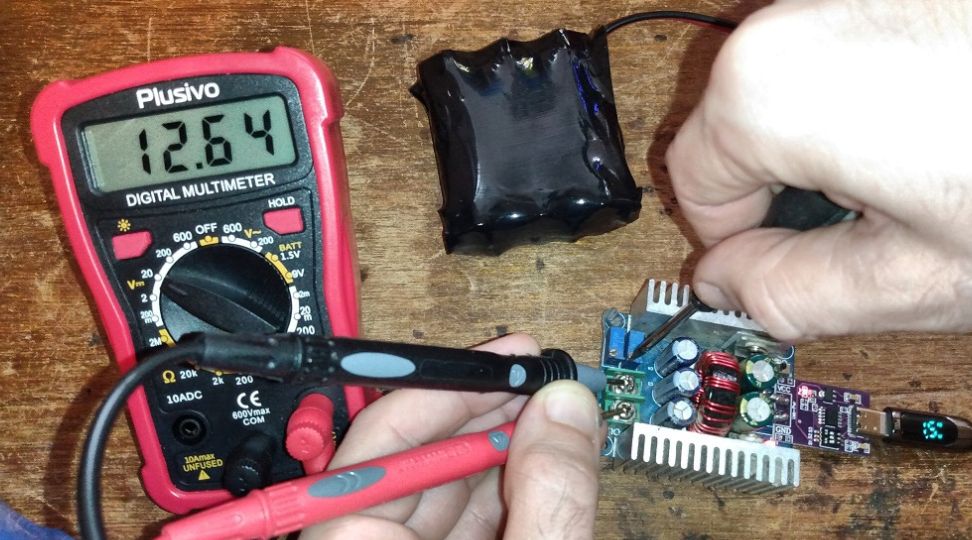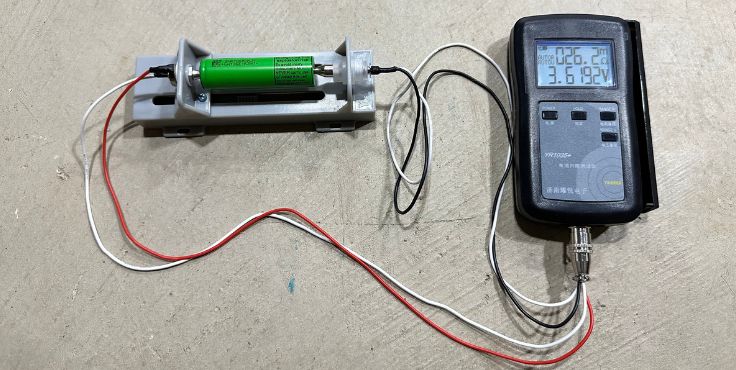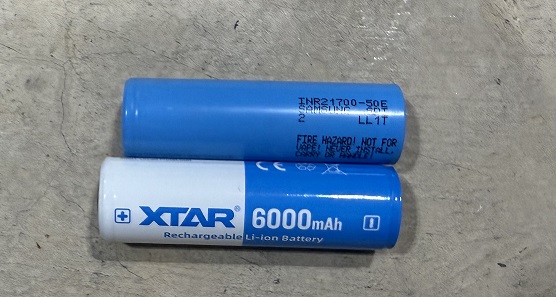
How Can I Increase The Power Of My 12v Battery
To increase the power of a 12 volt battery, you’re going to have to either increase its voltage or decrease the resistance of your load. So, without changing the load, the only way to increase power from a 12 volt battery is to increase its voltage. That means to increase the power of a 12 volt battery, you’re going to need a boost converter.
Ohm’s Law in Action: Calculating Current and Power
Take a scenario where you have a 12-volt battery connected to a load with a resistance of 2 ohms. To figure out the current flowing through this setup, we can use Ohm’s Law, a fundamental principle in electronics. Ohm’s Law tells us that the current (I) equals the voltage (V) divided by the resistance (R). Plug in the numbers, and you get a current of 6 amps. Now, to calculate the power output, we use the formula: power (P) equals voltage times current (P = V * I). Do the math, and you’ll find that the power output is 72 watts.
So, 72 watts is the fundamental upper limit of power in this situation, where we have a 12-volt battery and a 2-ohm load.
The Role of Boost Converters: Upping the Voltage Game
So, you want more power from your 12-volt battery without modifying the load? That’s what boost converters are for. This handy device takes the voltage of your 12-volt battery and steps it up. There is no such thing as a free lunch, though, so it has to ask for more current from the input power supply to maintain the higher voltage on the output.
This is because like all other things, the boost converter must operate under the law of conservation of energy. It draws more current from the input (your battery) to increase the voltage at the output.
For example, consider increasing the voltage of a 12V battery to 24V while powering a load that requires 2A.
In this scenario, the output power needed for the load is calculated by multiplying the output voltage (24V) with the output current (2A). This results in an output power of 48 watts.
However, a boost converter isn't 100% efficient. Assuming the converter operates at 90% efficiency, it will need more power from the input side (the battery) than what is delivered to the load. To find out how much current the battery needs to supply, we divide the output power by the product of the input voltage (12V) and the efficiency (90%). In this case, the battery needs to supply approximately 4.44 amps.
So, to get 24V and 2A at the output (which is 48 watts of power), the 12V battery needs to supply about 4.44 amps, considering the efficiency losses of the boost converter.

To ensure that your 12V battery can handle the increased current required by a boost converter, you need to check the battery's current rating and capacity. The current rating, typically expressed in amperes (A), indicates the maximum current the battery can safely provide. If the required current exceeds this rating, the battery could overheat, degrade faster, or even fail, posing a safety risk.
As far as the capacity, a higher current draw will deplete the battery faster, reducing its effective capacity. This means that while a boost converter can increase the voltage output, it also increases the current drawn from the battery, leading to quicker depletion. It important to understand battery pack capacity as it will be greatly effected through the use of a buck or boost converter.
For example, if a battery rated at 12V and 10Ah is used to power a load through a boost converter (with an efficiency of 90%) that steps up the voltage to 24V for a 2A load, the battery will supply around 4.44A. Normally, this battery could deliver a lower current (say 2A) for 5 hours (10Ah / 2A). However, with the increased current draw of 4.44A, the battery would last approximately 2.25 hours (10Ah / 4.44A), assuming ideal conditions.
In conclusion, boosting the power of your 12V battery using a boost converter is a practical solution, but it requires careful consideration of the increased current demand and its effects on the battery's health and lifespan. By monitoring the battery's temperature, voltage, and overall condition, and adhering to safety precautions, you can safely enhance your battery's performance while ensuring its longevity. Always prioritize safety and efficiency to make the most out of your electrical projects.


